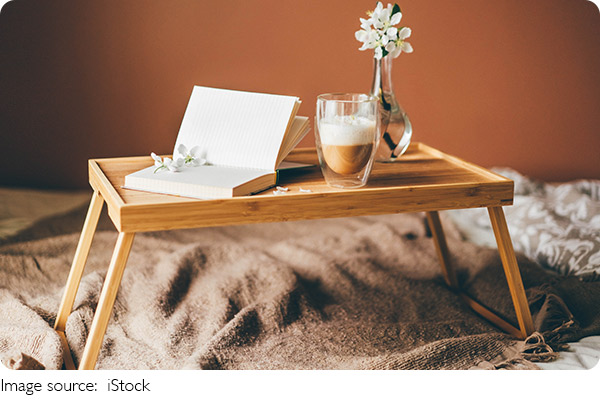Why Slow Living Matters?

Have You Ever Felt Like Life's a Blur? It's 8 PM. You've worked all day, rushed through dinner, answered texts in between chores, and now you're scrolling your phone, wondering where the day went. Sound familiar? If you've ever felt like you're always chasing time, never quite catching it, you're not alone.
Many of us live in “fast-forward mode”—multitasking, overcommitting, always plugged in. That's exactly why the slow life movement is gaining global attention. It's not about doing nothing—it's about doing the right things, on purpose, with presence.
Let's dive into what intentional living really means—and why going slow might just be the most powerful thing we can do for our well-being.
What Is the Slow Life Movement?
The slow life movement began as part of the broader Slow Living philosophy, which encourages people to intentionally pause, simplify, and savor life. It grew from the Slow Food movement that started in Italy in the 1980s—a pushback against fast food and industrialized lifestyles.
But today, it's evolved into a whole mindset:
Live mindfully. Consume consciously. Connect deeply. Prioritize what matters.
Whether it's about how we eat, how we work, or how we spend our weekends, the goal of slow living is the same: make time for what truly feeds your life.
Why Do We Need to Slow Down?
Modern life has become a race. We're expected to be “productive” 24/7, constantly reachable, and up-to-date with everything. But this hyper-speed culture comes at a cost:
• Stress and burnout: According to a 2021 report by the American Psychological Association, more than 3 in 5 adults say the pace of daily life causes chronic stress.
• Weakened attention: Studies from Stanford University have shown that multitasking reduces memory, focus, and cognitive flexibility.
• Disconnection: Ironically, in a hyperconnected world, many people report feeling less connected to themselves and others.
Slow living invites us to question: What's the point of doing more if it makes us feel less alive?

What Does Slow Living Look Like in Daily Life?
Slow living isn't about moving to a cabin or quitting your job. It's about creating small shifts in how we live each day.
Here's how it can show up:
1. Morning routines without rush: Wake up 30 minutes earlier and enjoy a cup of tea or a walk—no emails, no phone.
2. Single-tasking instead of multitasking: Focus fully on one task, whether it's cooking or replying to an email.
3. Digital boundaries: Try screen-free evenings or no-phone meals to stay grounded.
4. Saying no to overcommitment: Choose fewer social events or meetings to protect your mental space.
5. Mindful consumption: Buy less, but choose well—from clothing to content.
The beauty of the slow life is that it fits you. It's not about following a trend—it's about designing a lifestyle that supports your health, joy, and values.
The Science Behind Going Slow
Slow living isn't just about feelings—it's backed by science. Studies in neuroscience and psychology consistently show that slower, more mindful activities help the brain reset and repair.
For instance, Dr. Richard Davidson, a neuroscientist at the University of Wisconsin–Madison, found that people who practice mindfulness (a core part of slow living) show increased activity in brain areas linked to emotional balance and resilience.
Likewise, Harvard researcher Dr. Herbert Benson introduced the term “relaxation response,” showing how quiet, low-stimulation activities reduce stress hormones and improve immune function.
So when we slow down, we're not being lazy—we're literally helping our brain and body come back into balance.
Challenges: Why Going Slow Isn't Always Easy?
Let's be real—slowing down can feel hard. We're so used to being busy that stillness feels uncomfortable at first. There's even a term for it: "hurry sickness."
Plus, societal pressure often rewards hustle. But here's the thing: once we stop measuring our worth by how busy we are, we start discovering what really matters.
That discomfort in the beginning? It's not failure. It's detox.

Where Do We Start?
You don't have to overhaul your life overnight. Just pick one area to start:
• Take a walk without your phone.
• Eat a meal slowly, with music and no distractions.
• Say no to something you don't really want to do.
Then observe how you feel. Are you more focused? Calmer? More in control of your time? That's slow living working its quiet magic.
Let's Reflect Together
If you've been feeling like your days are flying by—but you don't remember where they went—it might be time to hit pause. What would slowing down your life look like? What's one thing you could stop rushing today?
Drop your thoughts, or try a tiny change. The goal isn't to do less—it's to live better.


